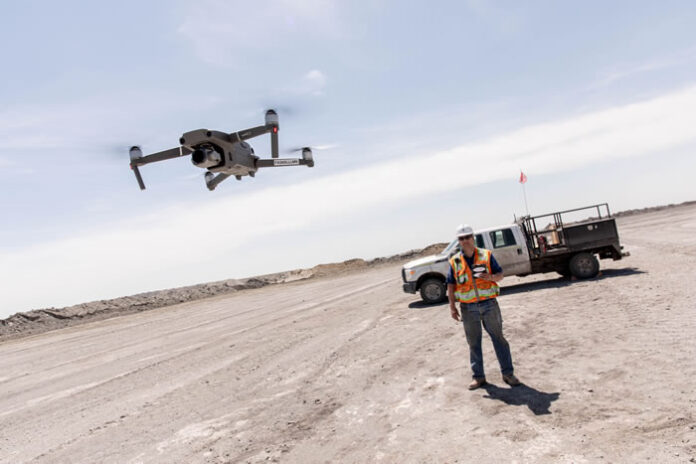The adoption of industrial drone programs for businesses has risen dramatically over the past five years, and is predicted to continue that growth – increasing at a 66.8 percent compound annual growth rate over the next year. Industrial drones are being used in major industries like insurance, mining aggregates, and industrials, involving cutting-edge technologies (AI, machine learning and deep data analytics) to drastically reduce the time workers spend gathering and analyzing data, while increasing accuracy and positively impacting customer value. With drones being more accurate at data collection and their technology increasingly paired with advanced ML/AL algorithms, the benefits of Smart Inspections become applicable across multiple industries.
All of these working together result in a growing field impacting industrial work and forever changing how these industries operate on a daily basis globally: Smart Inspections.
What is Smart Inspection?
If your business is still ‘in the business’ of performing manual inspections such as building roofs in insurance or stockpile inspections in the mining and aggregate industry, luckily there is a better and much more efficient method: Smart Inspections. With the use of drone technology, cloud-based analytics and high-resolution imagery, industries such as mining and aggregates, insurance and industrials can now experience completely touchless surveys and inspections in half the time, while keeping employees safe and keeping organizations compliant to their respective industry standards. The ultimate value proposition for customers using Smart Inspection is to increase revenues and lower operations and maintenance costs.
For example, with smart inspections, insurance pros no longer need to manually climb on roofs to inspect damage. Instead, they can lean on AI-powered drones to simply tap out a flight perimeter on a tablet, allow the drone to take off and fly autonomously via AI, capture aerial imagery and send it to the cloud to be analyzed, and land all on its own. Similarly, Smart Inspections empowers teams to quickly identify and correct detected issues before costly repairs or disaster occur in a code-free environment; quickly locate assets based on geospatial context, historical information and entity of interest.
If business owners want to stay in the running with competition, adopting a new, safer and more efficient way of performing inspections is the best way to do it. With the combined use of AI, machine learning (ML), drone technology and the cloud, Smart Inspections can make your workflow easier from first steps on the work site to final decision-making.
Why use Smart Inspections?
The proof is in the pudding. Why take hours or days on something that can take mere minutes? And why manually take measurements when doing so with a drone can yield 80 percent greater accuracy? And why risk worker safety on stockpiles and roofs, when they can be safely on the ground, easily manning a drone from an iPad?
Put simply, smart inspections have four core benefits:
- Time: Drones fly autonomously over the perimeter you map out, gathering aerial imaging and intelligence, and sending it directly to the cloud. Within minutes, an inspection is complete, and all members of the team have access to data gathered.
- Accuracy: Because autonomous drones leverage AI and machine learning, they are always improving in how they collect and process data. Even as they capture images from above, they can account for pitch and slope of a roof or stockpile so that end-users can get accuracy within the 1-3 percent range.
- Safety: Workplace safety is greatly improved through the use of smart inspections because employees no longer have to climb dangerous stockpiles or roofs to manually collect data and information. As stated in Protex AI’s guide on AI for video surveillance, data collection becomes more seamless as the AI automatically records unsafe events that are detected and captured.
- Profitability: Because smart inspections increase inventory accuracy and save time, they also save money. Instead of focusing on data collection and inspections, employees now can focus on higher-level tasks, making it easier for business leaders to grow and scale their companies.
Final Thoughts
Smart Inspections are disrupting industries with advanced technology that increases profit, saves time and improves safety, accuracy, and profitability. With Smart Inspections, businesses can stop focusing on minor tasks like data collection and start focusing on maximizing production efficiency, labor productivity, and reducing downtime and errors using a single, integrated, and secure data platform from field collection through detailed analytics.















